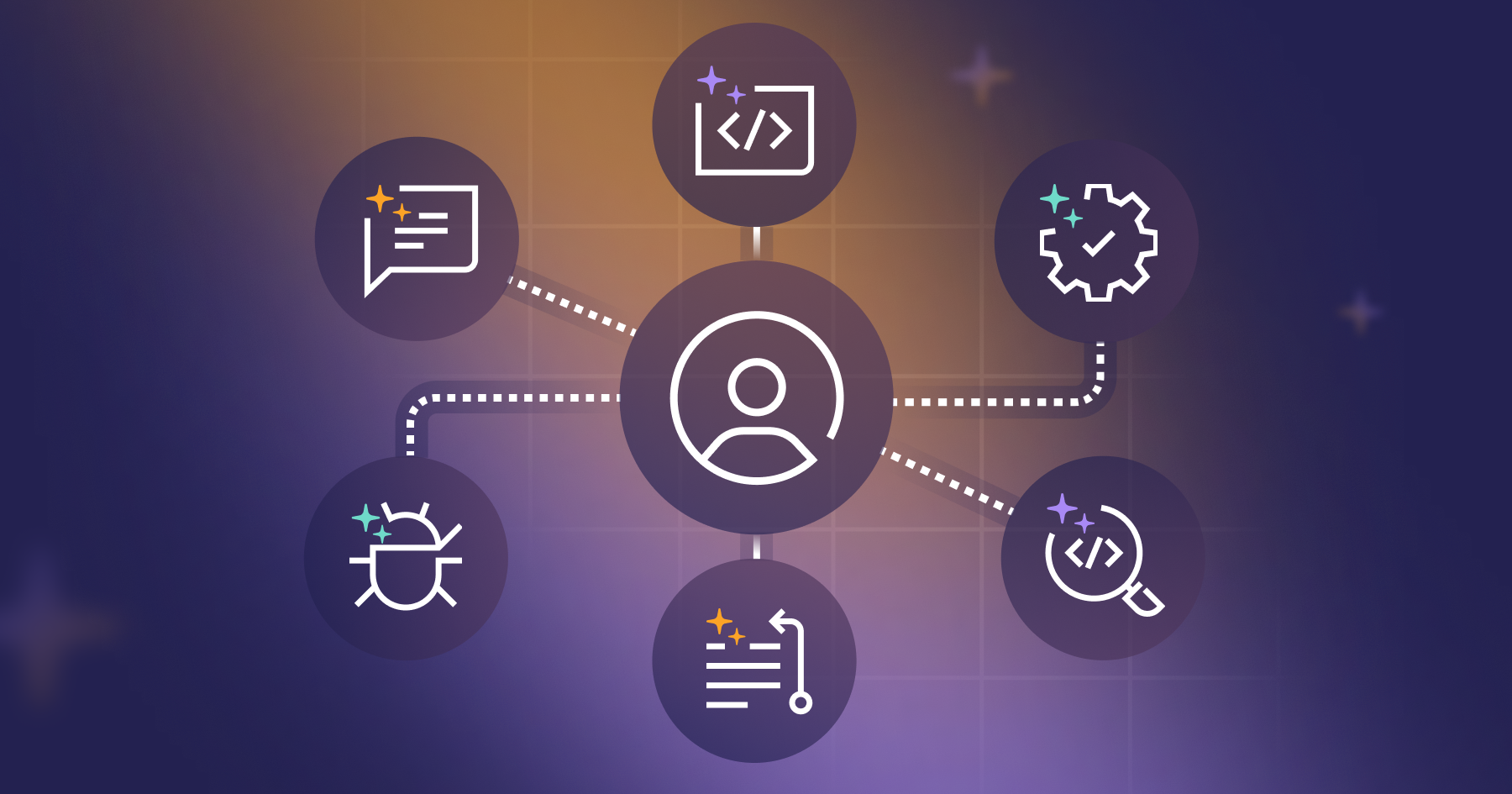Imagine that your team is tasked with an enormous challenge: Due to intensifying customer demands, you need to double your feature delivery velocity in 90 days without increasing the team’s size. The budget is frozen, hiring is on hold, but the business timeline is non-negotiable. The answer isn’t working nights and weekends. It’s fundamentally changing how your developers collaborate with AI to architect solutions instead of just writing code.
While studying classical languages years ago, I discovered that Latin demanded architectural thinking — seeing how complex systems interconnect, understanding cross-layer dependencies, and building logical structures that withstand analysis. Every sentence was an interconnected puzzle where changing one component affected everything else.
That linguistic training unexpectedly prepared me for today’s software development revolution. AI is fundamentally changing how we build software, and engineering leaders who understand architectural approaches to human-AI collaboration will shape the next era of innovation.
The financial impact is substantial. GitLab’s recent C-Suite survey of thousands of executives globally shows that AI-enhanced software innovation delivers exceptional returns: Organizations save an average of $28,249 per developer annually from AI investments. Applied to the world’s 27 million developers, this represents over $750 billion in potential global value, with $149 billion in the U.S. market alone.
However, the survey data also reveal a striking disconnect: While 73% of executives believe the ideal human-AI partnership should be 50/50, in reality, humans manage three-quarters of development work, with AI contributing just one-quarter. This gap represents a massive unclaimed competitive advantage.
Why architectural thinking matters for AI collaboration
The engineering leaders succeeding in this transformation aren’t simply writing better prompts. They’re cognitive architects who break down business challenges into core principles and design “thought blueprints” that guide AI systems toward precise solutions.
This architectural mindset mirrors the systematic approach I learned analyzing Latin texts. You need to grasp the underlying structure before manipulating surface elements. With 89% of executives expecting agentic AI to become standard practice within three years, engineering leaders who think systematically about human-AI workflows will be essential.
The C-suite is taking notice: 91% of executives say software innovation is a core business priority, and 58% have experienced business growth from innovation efforts in the past year. With leaders estimating increases of 44% in revenue and 48% in developer productivity from AI adoption, this isn't a distant future — it’s today’s competitive advantage.
Strategic moves for engineering teams
Three key strategies can position your engineering organization for optimal 50/50 AI-human collaboration:
Build AI communication and context management capabilities. Effective AI collaboration isn’t about crafting perfect prompts. It’s about designing process-oriented thinking that guides AI through complex tasks. Focus on developing frameworks for framing problems, providing appropriate context, and structuring interactions with AI. Create workflows aligned with business goals, breaking down complex problems into manageable components that AI can handle efficiently.
Cultivate system-level thinking across your team. As AI becomes more capable of code generation, the value of engineering teams shifts from code creation to strategic architecture and design principles. Invest time in defining system-to-subsystem connections, establishing business logic, and building context-rich environments for AI tools. Position your team as software orchestrators, rather than just code writers, through upfront analysis and planning, and then thoroughly review outputs to prevent technical debt.
Establish quality and security standards for AI. With 52% of executives identifying cybersecurity threats as their primary concern around agentic AI adoption, engineering teams that can validate AI reasoning processes, implement adversarial testing, and establish specialized review procedures for AI-generated code will be highly valuable to the business. This represents an evolution from traditional debugging to validating AI reasoning and ensuring business logic alignment. It's not enough to consider code security and quality; you’ll also need to ensure that you have guardrails in place that control the behavior of AI agents to prevent introducing risks (such as the unintended deletion or alteration of code) into your software development lifecycle.
The human advantage in an AI-driven world
The survey data also reveal the criticality of human input in the age of AI: 99% of executives believe human contributions remain valuable for software development. The value of AI isn’t in replacing engineers. It’s about amplifying human capabilities.
Executives identified creativity and strategic vision as the top two most valued human inputs. This makes sense, since although AI excels at pattern recognition and code generation, the architectural thinking required to understand system interconnections, anticipate dependencies, and design for long-term stability remains distinctly human.
Organizations that optimize human-AI partnerships today will define tomorrow’s software landscape. Our survey found that 53% of executives have already implemented regulatory-aligned governance measures for agentic AI, and 52% have developed internal AI policies.
Capturing the opportunity
Transformation is accelerating rapidly. The vast majority (82%) of executives say they are willing to invest over half their annual IT budget in software innovation, and 90% report their organizations have adopted frameworks linking development activities to key business outcomes.
Engineering leaders who embrace 50/50 human-AI partnerships and think architecturally about human-AI collaboration, while maintaining the creative vision and strategic thinking that only humans provide, will drive this transformation forward.
The $750 billion opportunity represents an opportunity for engineering teams to do better work, solve larger problems, and create unprecedented value. AI is already transforming software development — the question is whether your engineering organization will be ready to lead that transformation. The future belongs to teams that build effective bridges between human creativity and AI capability.
Next steps
Research Report: The Economics of Software Innovation
Learn what global C-suite executives are saying about AI-powered business growth, agentic AI adoption, upskilling, and how to demonstrate the impact of software innovation.
Read the reportLearn what global C-suite executives are saying about AI-powered business growth, agentic AI adoption, upskilling, and how to demonstrate the impact of software innovation.
Frequently asked questions
Key takeaways
- Companies save an average of $28,249 per developer annually through strategic AI investments, creating $750 billion in global value potential.
- The majority of executives want 50/50 human-AI partnerships, but teams currently operate at 75% human, 25% AI — revealing untapped efficiency opportunities.
- Technical leaders who master AI orchestration and quality governance will drive the next wave of software innovation and competitive advantage.

